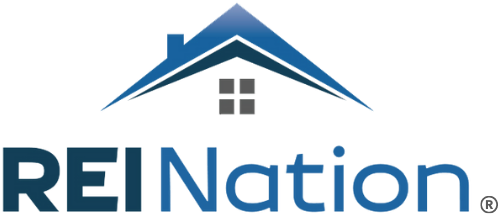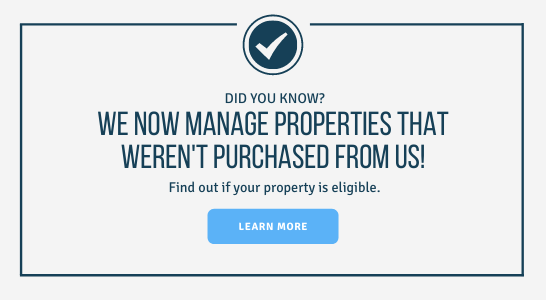.jpg?width=258&height=388&name=Blog%20(14).jpg)
Everyone wants a good return on their investments. What ROI looks like in practice depends on the investment you’re examining. Your ROI can look at your whole portfolio or a singular property renovation. Regardless, the formula is simple:
ROI = Net Return ( Return – Investment Cost) / Investment Cost
Generally speaking, an ROI of 5 to 7% is considered normal. Anything more is considered significant, while 10% and above is exceptional.
Now, some investors are fixated on ROI as a metric. We must note that it is far from the only way to measure your success. While it can be telling, it doesn’t necessarily show the whole picture of your investment or how you benefit from it. For example, calculating ROI for a rental property usually only includes looking at net rental income – not factors like property appreciation or tax advantages.
Specifically for rental properties, ROI calculations look more like this:
ROI = Net Annual Rental Income / Total Investment
- Net Annual Rental Income is Rental Income – Operating Expenses.
- The Total Investment is the Purchase Price + Closing Costs + Renovation Costs + Other Acquisition Expenses.
Remember, though – there’s nuance here. As we look at the question of how to experience high ROI in turnkey real estate investing, consider these common pitfalls:
3 Investment-Sabotaging Misconceptions About Rental ROI
Misconception #1 – Increasing ROI is as Simple as Reducing My Total Investment.
If you look solely at the math, it would make sense to reduce the total cost of your investment to obtain a better ROI. But this doesn’t actually work. If you’re buying cheaper properties, they won’t earn as much in rental income. This doesn’t, however, necessarily keep ongoing expenses low. Also, cheaper properties don’t have the same appreciation potential as average and higher-end properties. The “quick fix” solution may seem like cutting corners, but this strategy will only hurt you in the long run.
Further Reading: What Makes Low-Cost Properties a Bad Bargain?
Misconception #2 – Reducing Operating Expenses Will Boost My ROI.
Maybe, when looking at your ROI, you’re considering switching out your property managers for alternatives, such as a less expensive provider or self-management. There are trade-offs here, though! Let’s be clear – we’re not saying the most expensive services are the best. We are saying you get what you pay for. Reducing operating costs can backfire, as it can allow maintenance issues to slip through the cracks, decrease resident quality, and increase property turnover.
Misconception #3 – I’ll stay focused on short-term gains.
ROI can be a helpful indicator of past performance, but it doesn’t do much in terms of the future. Investors must consider how to grow their equity and increase property value over time. If you only consider the present and chase a seemingly strong ROI, you may hinder your property’s long-term potential and value.
So, How Do Turnkey Investors Boost Their ROI?
#1 - Invest in Diligent Property Management
We’re not going to pretend that reliable property management comes cheap. But this is its own investment. Your management team handles day-to-day operations, keeps up with maintenance tasks, and secures quality residents. At the end of the day, though the unforeseen can happen, your property managers are there to protect your property to the best of their ability. Efficient management may come with a price tag, but the long-term cost savings are worth your while.
#2 - Focus on Quality & Consistency
Remember, the accurate picture of your ROI involves more than rental income alone. Where you buy and the type of properties you target makes a big difference. Generally speaking, you want to focus on average properties for the market or neighborhood. Cheap properties lack appreciation potential and solid rental rates. Pricey properties demand higher rental rates (which can shrink your options for potential renters) and cost more in maintenance, utilities, and insurance costs.
Think about the properties that will garner the most demand and compete with comps in the area. Additionally, a robust economic backbone to the market all but guarantees increasing property values over time.
#3 – Focus on Quality & Consistency
Quality and consistency protect your investments in two ways. The quality of renovations, repairs, and the property overall increases rental income and safeguards property value over time. That means more equity for you! Consistency in services, like property management, incentivizes residents to renew their leases. This keeps rental income consistent. Sometimes, the best way to maximize net income is to reduce turnover as much as possible.
Choose a partner that specializes in setting investors up for long-term success through real estate investment.










.jpg)

